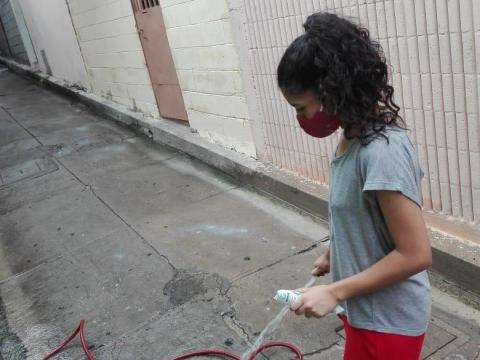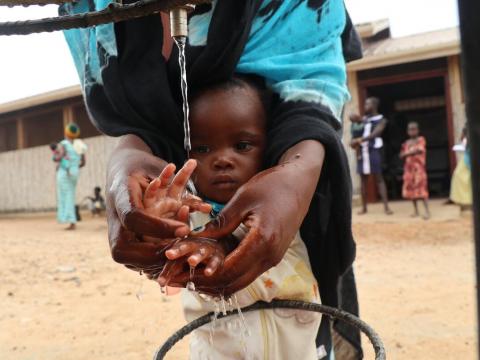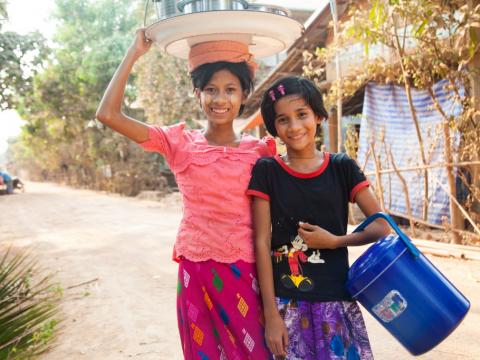
My grandma was a child labourer… in Italy
By Elena Gaia, Director of Global Campaigns, World Vision International
Your daughter is the smartest in the class. Today is the end of the school year. A stately ceremony takes place in the city’s main square with hundreds of people in attendance. You feel an uncontrollable wave of pride as your little girl comes forth on a podium to proclaim by heart a eulogy to the glories of youth. Only the most distinguished student is bestowed this honour every year.
You can feel she is thoroughly enjoying this moment: her blue eyes glisten and her blonde curls battle the breeze with determination. These very features (of what we would call today ‘white privilege’) will save her, four years later, from being sent to a concentration camp.
She should relish it indeed because, unbeknownst to her, this will be her last day of school ever. Later she will recount this episode innumerable times to her granddaughter – me.
This was my grandma, Nella. She was 10 when her father pulled her out of school to work as a clerk in a hardware store. It happened in Italy, in 1938.
These days, when we hear stories and read statistics about child labour, we almost always conjure up images of children in foreign lands, picking coffee beans, selling individual cigarettes and begging as they weave between cars stuck in traffic, cutting cocoa pods with machetes or extracting shiny metals in a muddy pit. Yet, children working to help their families survive was common around the world until very recently. And we could soon see many more children dropping out of school in previously unthinkable places as a consequence of the COVID-19 pandemic.
Economic crisis and stagnation, authoritarian political regimes and social scepticism about the power of education to transform lives, especially of girls, were some of the ingredients leading to child labour in my home country on the eve of World War II. In how many countries can we see this deadly combination playing out today? Far too many.
Yet, there is nothing inevitable about child labour: it is a matter of choice, as South Korean economist Ha-Joon Chang reminds us in his historical review of the impact of governments’ regulation on child labour reduction.
As we continue to grapple with the aftershocks of the COVID-19 pandemic, let us keep an eye on the perfect storm that could wipe out the dreams of an entire generation of future engineers, writers, policy makers, leaders. My grandma could have become any of these, had she been able to access education beyond primary school, and pursue a university degree. Instead, she spent her childhood years handling sharp, heavy objects, passing over her meagre salary to her father and later to her husband.
It was the Catholic Church that gave my nana a second chance. The Salesian Sisters, a Catholic order of nuns active in the community, nurtured her musical and comedic skills. The local parish hosted her little troupe of comedians. Acting allowed her to transcend poverty. Grandma later became a famous local television host, touching the hearts of thousands of people with her comical impersonations. All her life, she never stopped praying. This life-saving work by people driven by faith continues around the world today, offering lifelines to children trapped in hazardous work.
On International Day against Child Labour this year, I think about all the children currently forced to abandon their studies due to circumstances beyond their control. What could they become if only we gave them the chance?
Join World Vision’s efforts to stop a lost generation of children: sign our petition!


